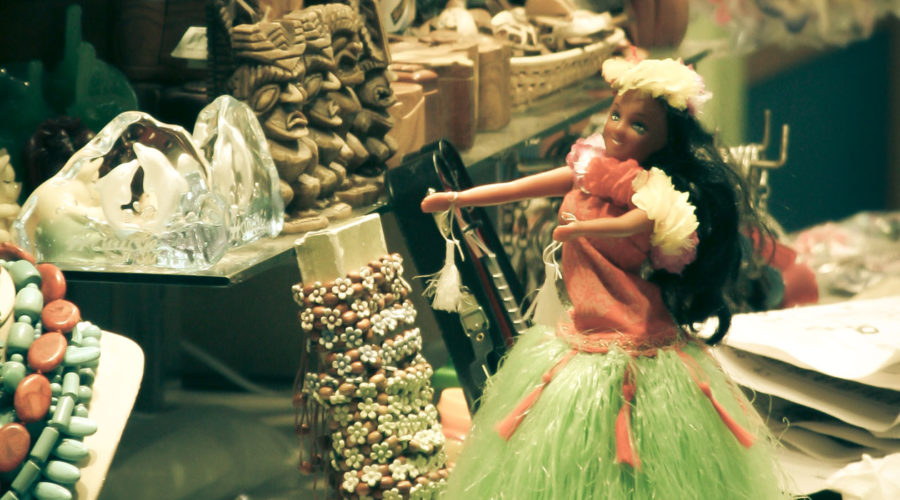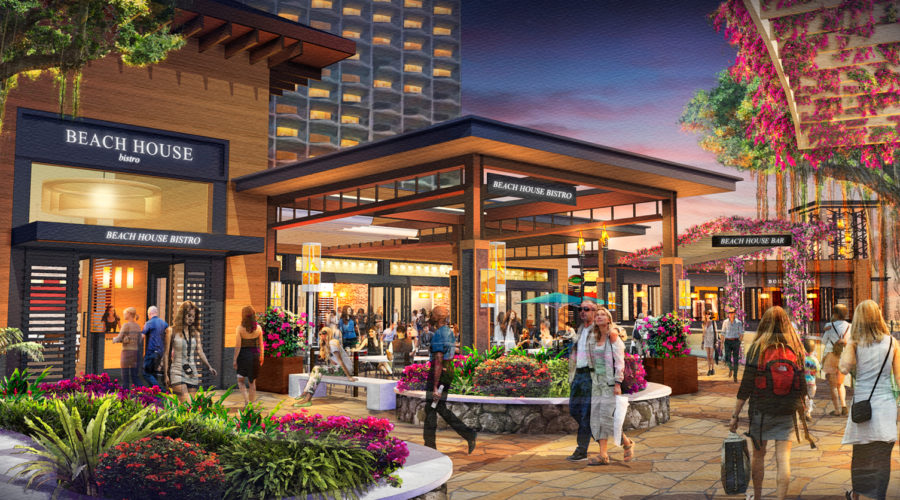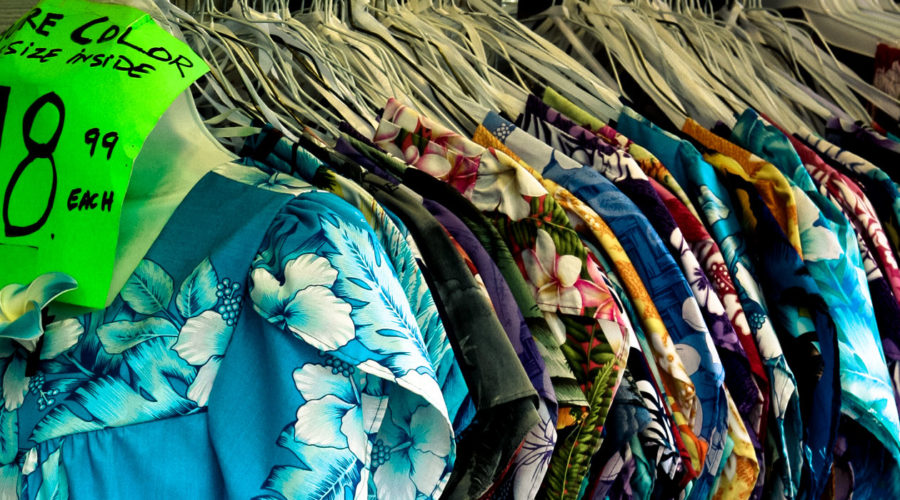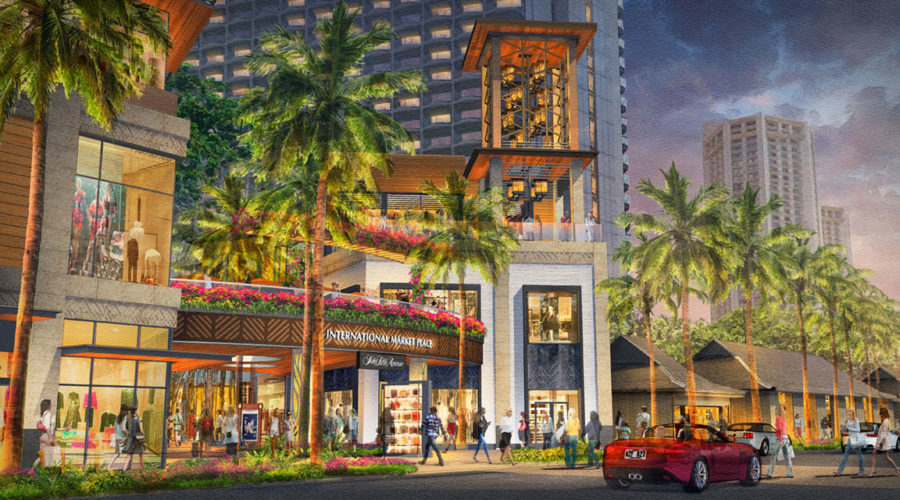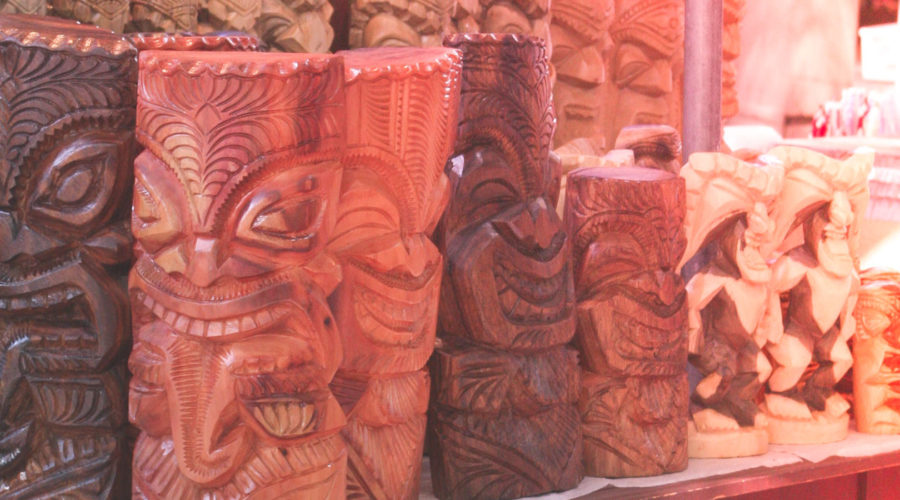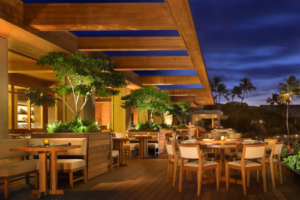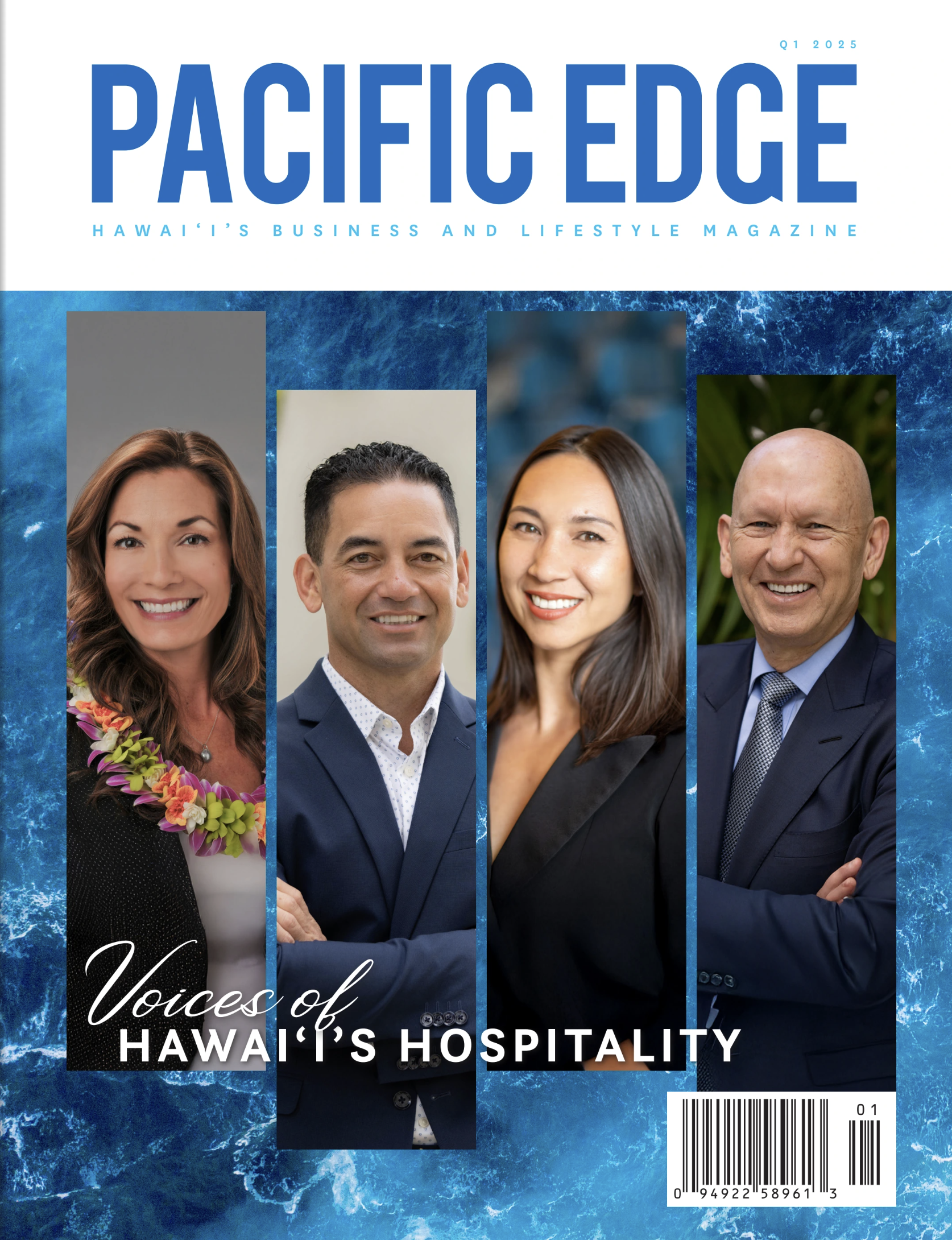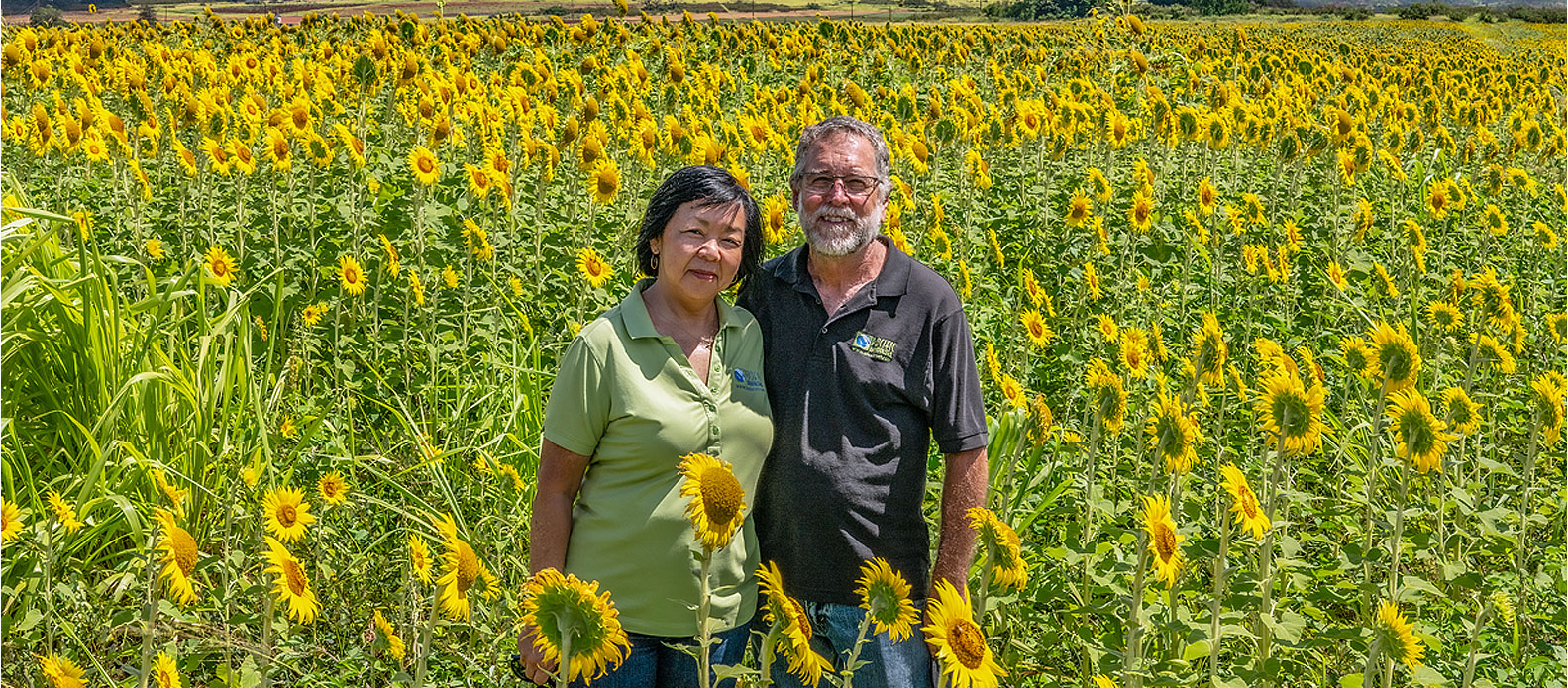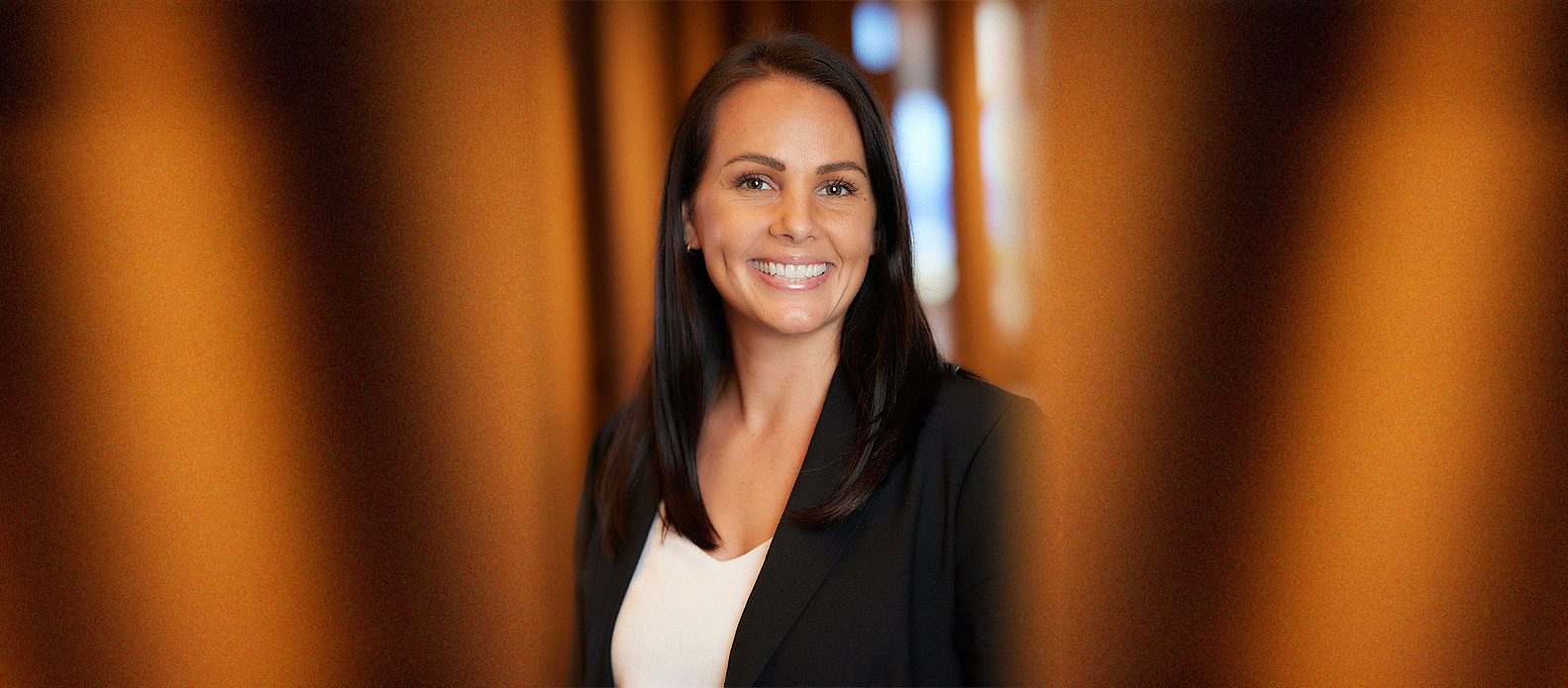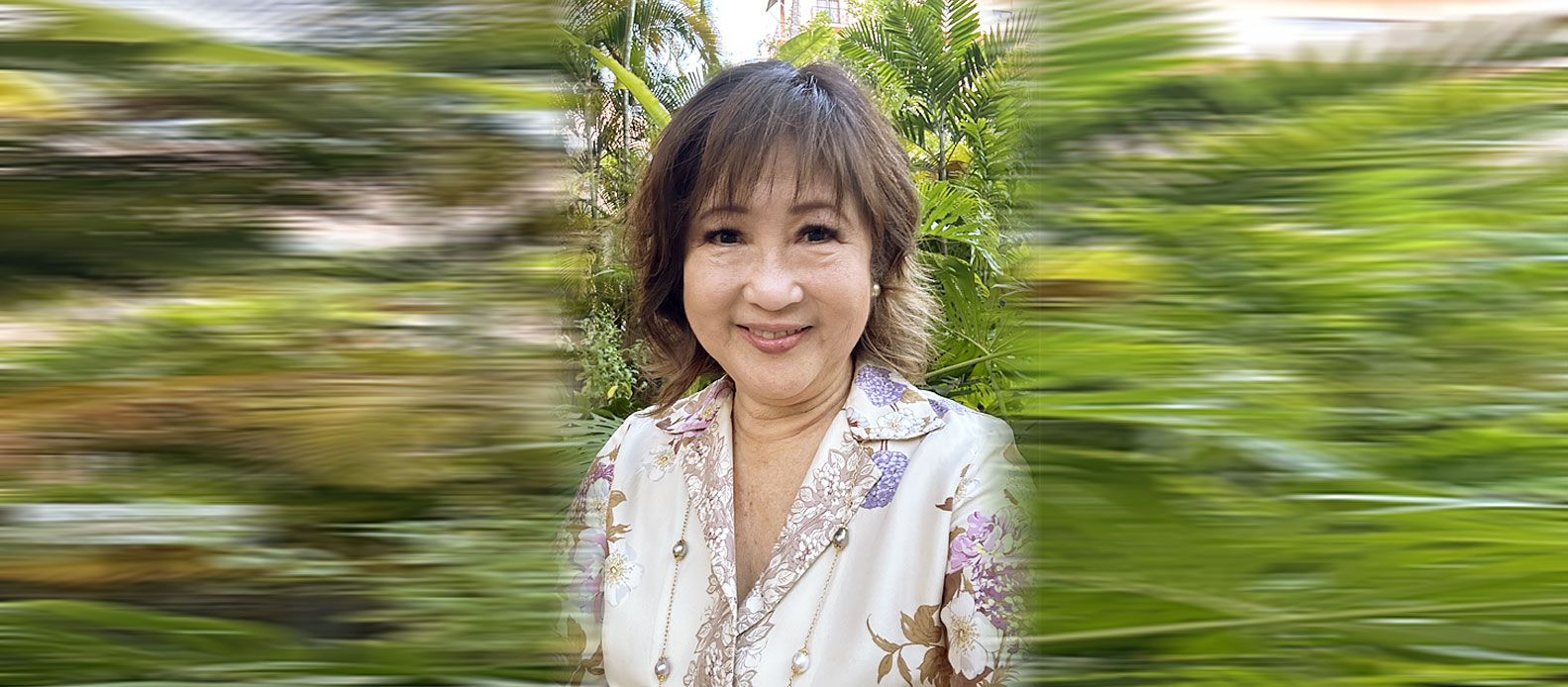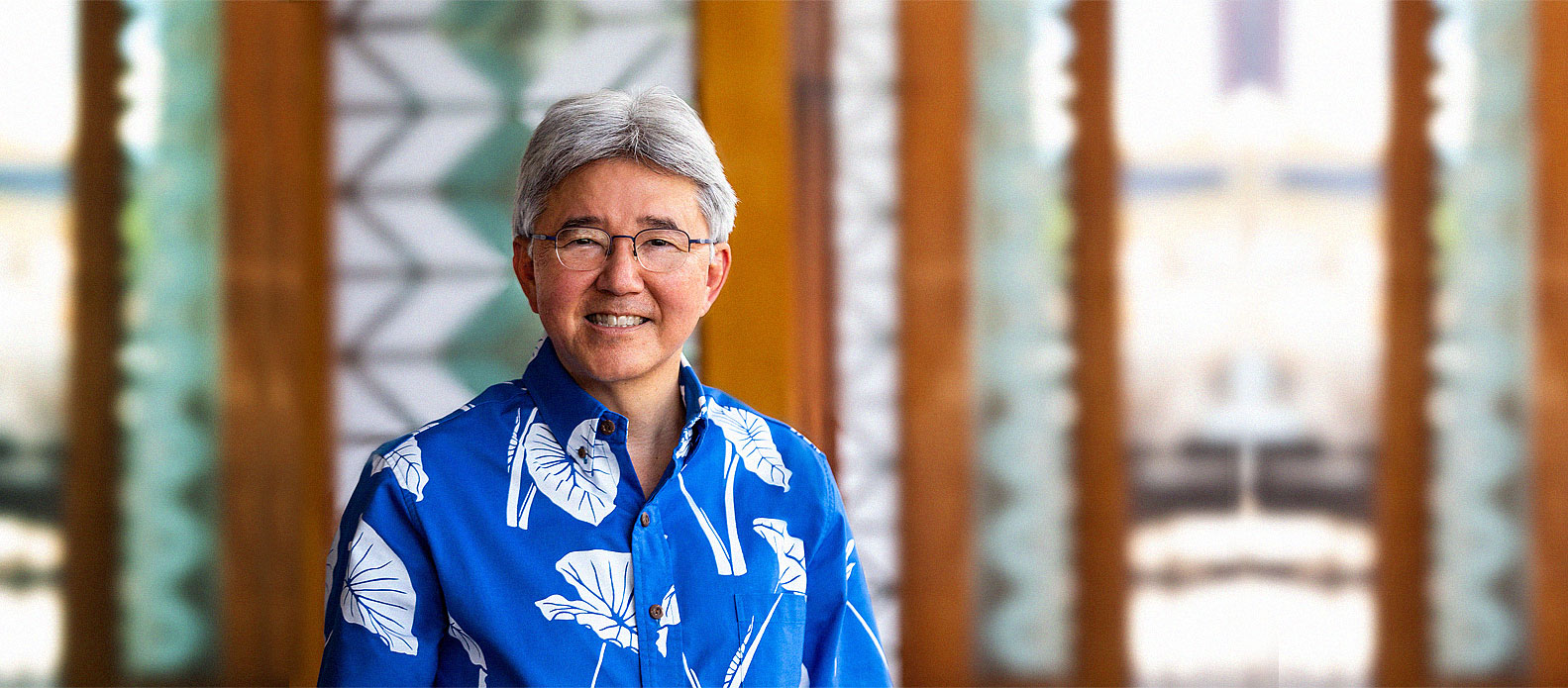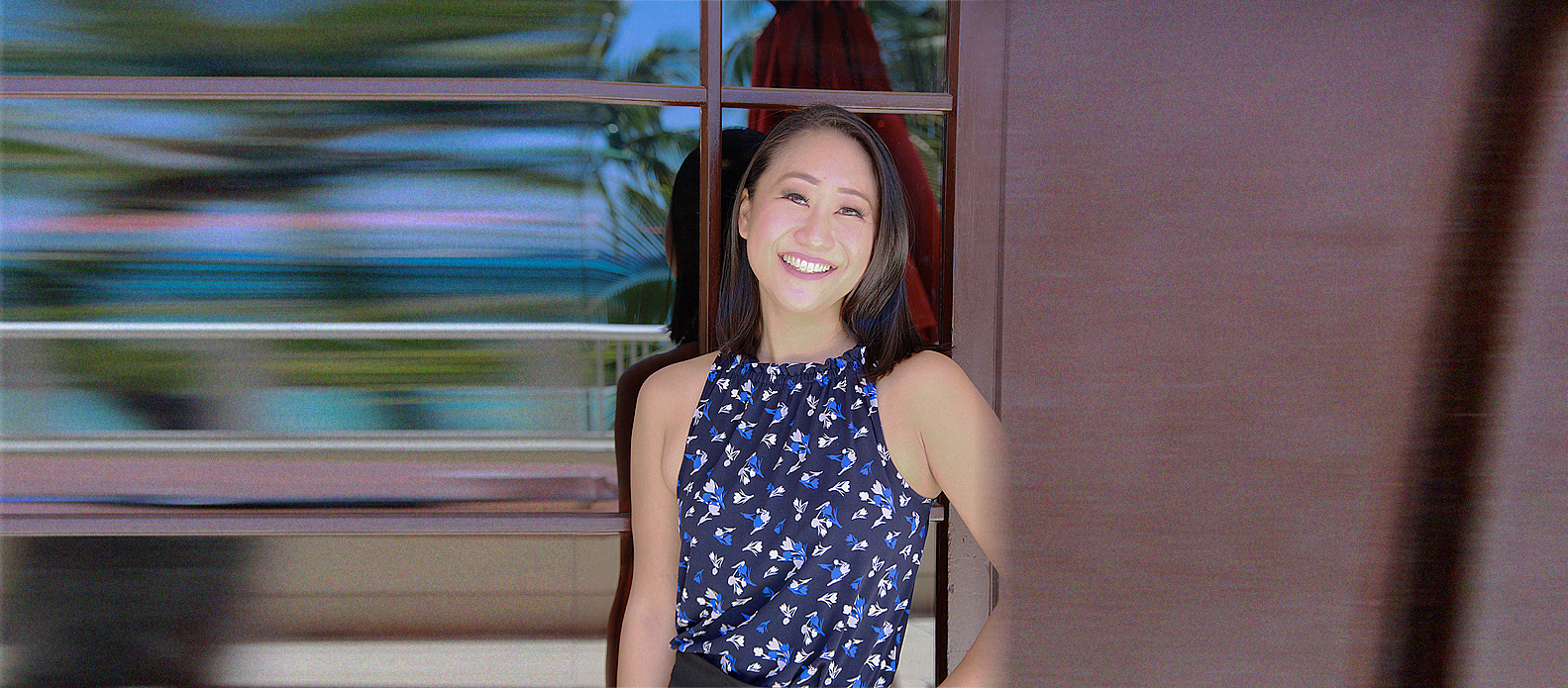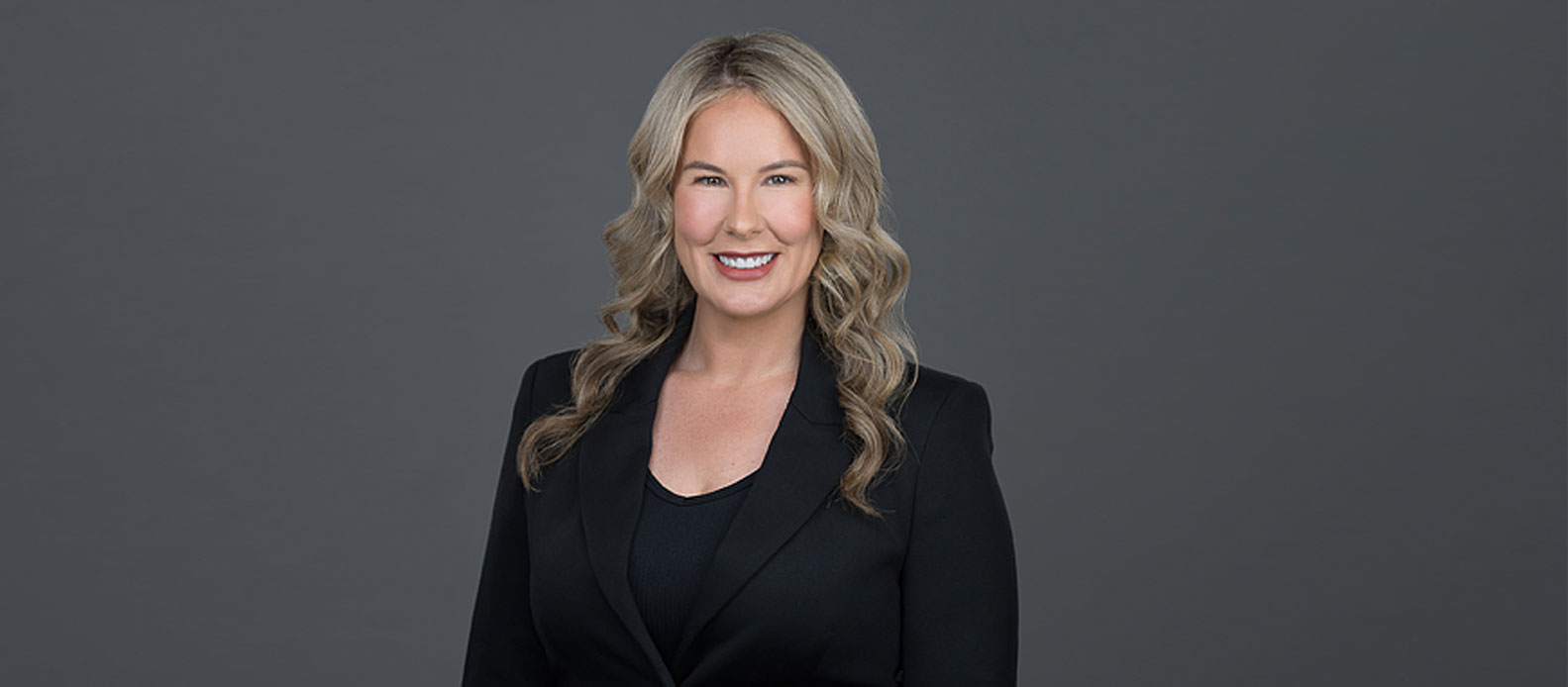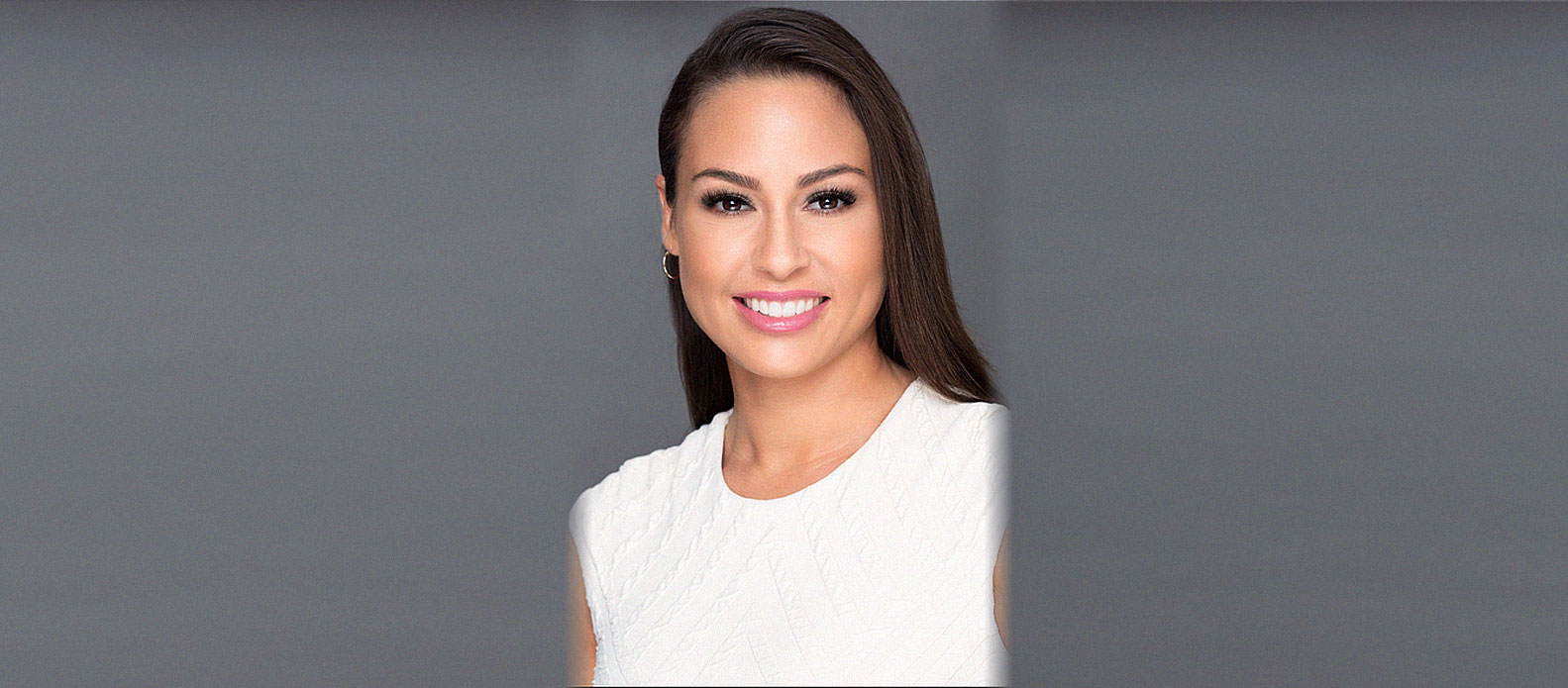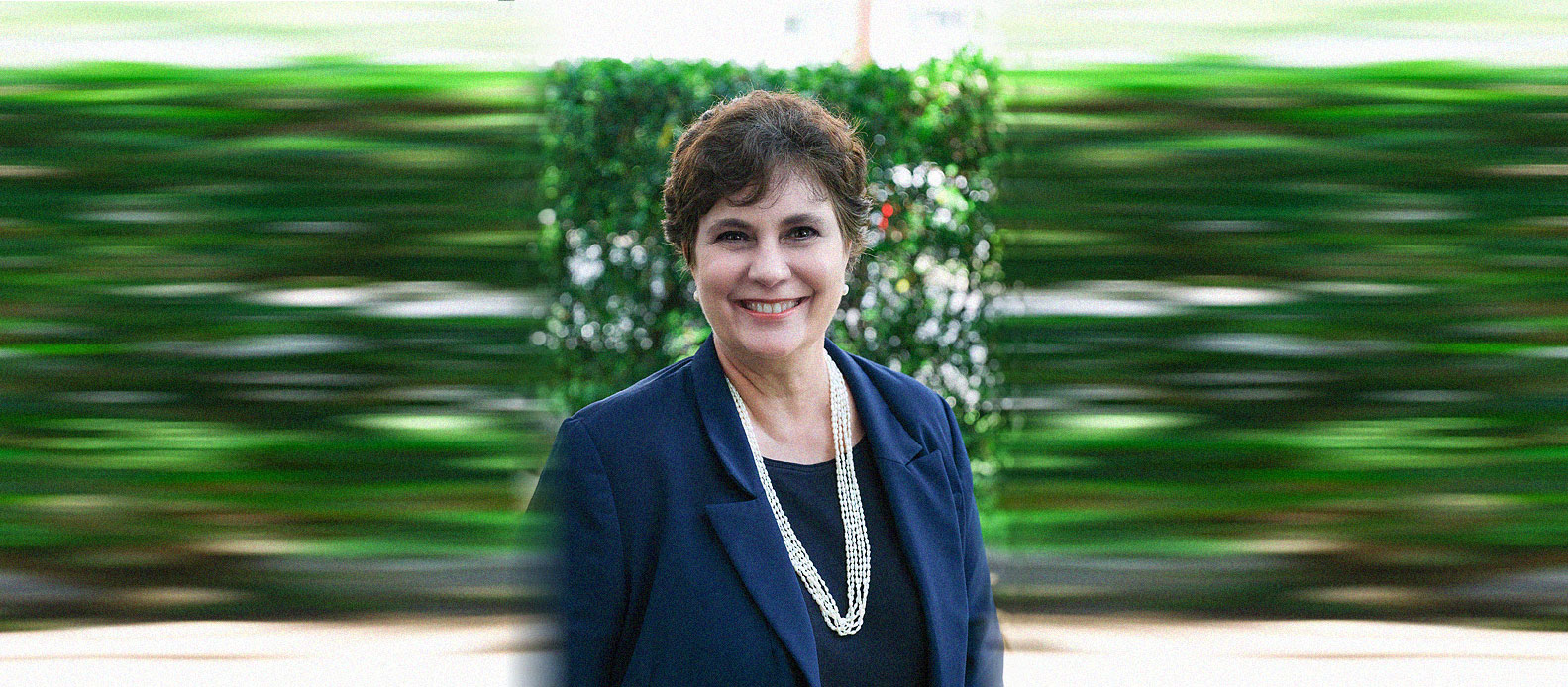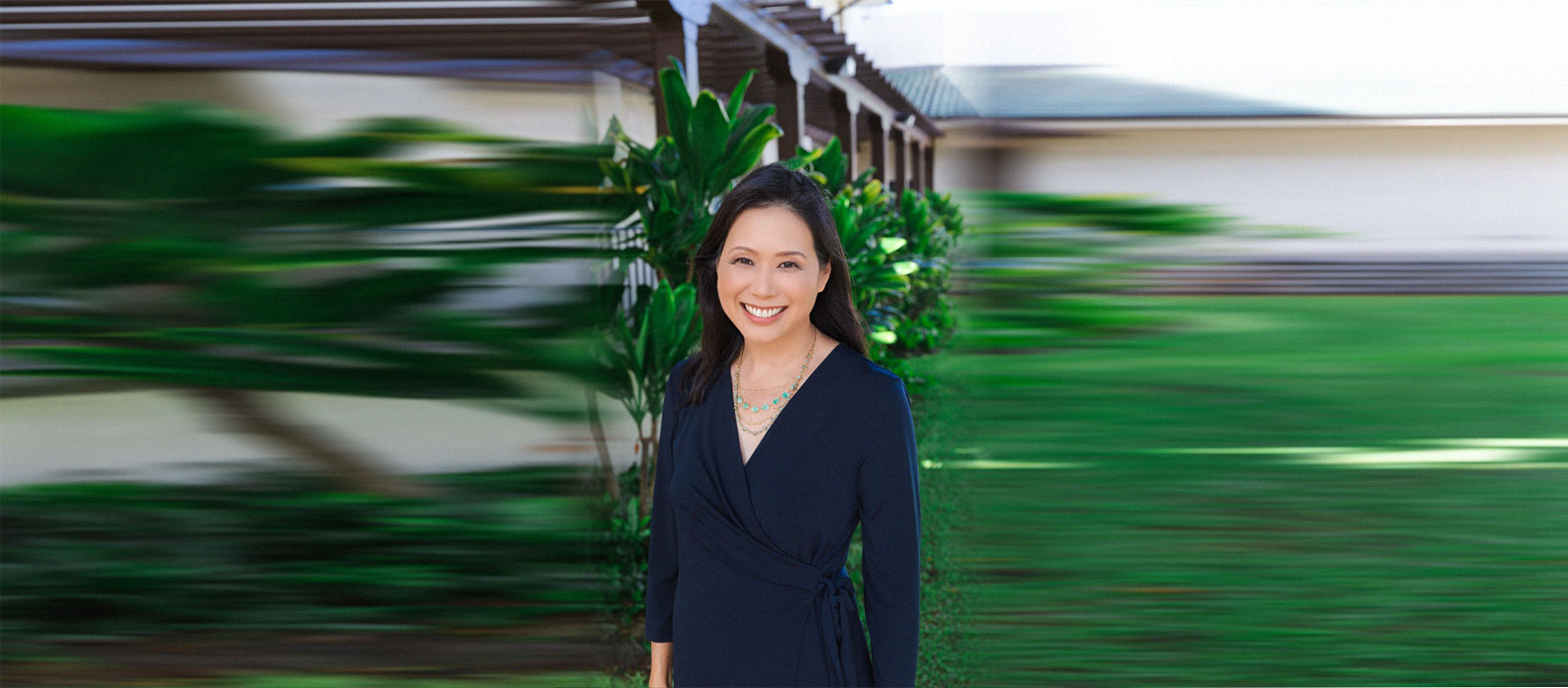Whatever your feelings are about the old International Market Place, chances are you’ve navigated its shady labyrinth of souvenir stands in the heart of Waikiki. Crammed with loud aloha shirts, puka shell lei and bobble-head hula dancers, the open-air flea market went from charmingly kitschy hotspot to aging tourist trap in the 56 years since it opened. But with an end of an era comes the dawn of new one; in a bold move to rebrand the neglected marketplace as a high-caliber retail and dining destination, the International Market Place was closed in December 2013 for a massive overhaul that left only Queen Emma’s banyan tree standing. When the new International Market Place opens in August 2016, it will bring a modern buzz and overdue economic activity to a piece of prime real estate formerly frozen in time.
Before Waikiki became an international vacationing destination, it was the stomping grounds of royalty. The land where the market is situated today was once owned by Hawai‘i’s first elected monarch, King William Charles Lunalilo, and later served as the summer home of Queen Emma, beloved humanitarian and wife of King Kamehameha IV. The queen willed the land to a trust that she established to support her legacy, the state’s largest private nonprofit hospital known today as The Queen’s Medical Center.
In 1955, The Queen Emma Foundation agreed to lease the land to tiki bar inventor Donn “The Beachcomber” Beach, who had proposed to create a mercantile community showcasing the various cultures of Hawai‘i. The $1.5 million International Market Place opened for business in 1957. The marketplace became a prime Waikiki attraction bustling with bargain hunters, diners and revelers. Over the course of its 56-year run, the International Market Place was home to some of the best people watching on the island and a nightclub scene crawling with some of the biggest entertainers of the era—Don Ho, Martin Denny and Ed Kenney. Through it all, the 60-foot banyan tree towering over the Kalakaua Avenue entrance stood a revered living mascot.
Over time, the shiny, new marketplace lost its luster. Opinions vary on the cause of its demise—lack of upkeep, high merchant turnover, decreasing sales—but when the center was officially shut down at the end of 2013, the plan was to rebrand it as an upscale retail, dining and entertainment complex. The project was spearheaded by retail developer Taubman and San Francisco-based real estate investment firm Coastwood Capital Group in conjunction with Queen Emma Land Company. Over the two-and-a-half-year development process, international firm WCIT Architecture, Hawaiian cultural consultants and a local design team have been collaborating in hopes of turning out a state-of-the-art facility polished by rich cultural experience.
Scheduled for a grand opening this August, the new International Market Place will host around 75 retailers, including Hawai‘i’s first Saks Fifth Avenue, and 10 gourmet restaurants like the Michelin-starred dim sum teahouse Yauatcha. While the overhauled marketplace will feature an elegant, contemporary aesthetic, the scene within will be rich with historical references. With the goal of infusing the shopping center with a Hawaiian sense of place, the design team focused on honoring Queen Emma and her bold efforts to perpetuate Hawaiian culture. Their mission was to create a dynamic place of discovery, entertainment and education in a spectacular setting that feels luxurious yet familiar.
Ron Loch, vice president of planning and design for Taubman, says that from day one, the aim has been to create an environment with a natural feel and flow comprised of cultural and place-based elements unique to Hawai‘i. “The Hawaiian phrase e komo mai, ‘come and belong,’ was our guiding mantra,” Loch says. “Design and history go hand in hand and we wanted the finished property to welcome everyone while creatively honoring generations past. A lot of people have a strong emotional connection to this place, with fond memories of a first date or first concert, and we wanted to honor those ties.”
The new International Market Place is infused with hundreds of allusions to Hawai‘i’s land and people. Glass, stone, wood and metal surfaces were rendered with creative twists inspired by traditional colors, designs and textures. Patterns inspired by native Hawaiian kapa fabric frame the storefronts. Quotes from Queen Emma are transcribed onto the glass walls of the elevators. Ornate water features celebrate the importance of wai ‘ola, or life-giving water, and a variety of indigenous and endemic plants are incorporated into the shopping center’s verdant landscaping. Interpretive plaques tell the stories of all the living things co-mingling in various spaces.
Like its predecessor, the new marketplace is an open-air center, but now has three levels. The first two floors are devoted to retail shops; the third level is a grand lanai lined with world-class eateries that include Chef Michael Mina’s Stripsteak and The Street, Eating House 1849 by Chef Roy Yamaguchi, Flour & Barley, Goma Tei and Kona Grill. The sign from the original International Market Place is on display and retractable patio roofs let patrons dine under the stars. Rising from the entrance on Kalakaua Avenue up to the grand lanai is the shopping center’s most dramatic feature—an 80-foot beacon comprised of 13 gas lanterns fused into an enormous chandelier of fire to symbolize the welcoming spirit of aloha.
The shopping center plaza is divided into three puka, or courts. The Banyan Court was constructed around the infamous banyan growing at the center of the property. In a throwback to the treehouse that once housed a radio-broadcasting studio during the market’s golden age, a new treehouse sits tucked within the banyan’s massive aerial roots and branches.
The Queen’s Court is situated in the heart of the shopping center against a lush backdrop of monkeypod trees, coconut palms and other native flora. A large sculpture commemorates Queen Emma, King Kamehameha IV and their son, Prince Albert. Plaques inscribed with poems, songs and intimate details from her life are located throughout the courtyard. Beside a large central stage designed for music, dance and other cultural performances, a tranquil pool alludes to the ancient navigational practice of gazing into the water to read the night sky.
In the Mauka Court, a striking water feature symbolizes rain washing down from the mountains. Local landscape architects replicated an ancient stream flowing from mauka to makai; the replica can be seen peeking though the floors. A five-level parking structure lines Kuhio Avenue above Mauka Court.
The six-acre site also integrates a variety of sustainability measures to reduce its carbon footprint, including light-colored roofs to resist heat gain, high-efficiency cooling, trickle irrigation, drought-tolerant plants, LED lighting and a recycling program. The center’s smart monitoring system works to manage and conserve energy, and electric car-charging stations and bike parking cater to the eco-conscious traveler.
The new International Market Place is an urban oasis in the making. A destination in itself, the shopping center is poised to reaffirm Hawai‘i’s firm grasp in the global tourism market. The marketplace serves as a passageway between Kalakaua Avenue and Kuhio Avenue, so shopping and dining traffic will likely serve as a catalyst for growth, benefitting local business and hotels within walking distance and beyond. The build has already created approximately 1,000 jobs during the construction phase and is expected to generate around 2,500 permanent positions in retail, service and operations. More importantly, the center’s projected sales numbers will provide a new and sustainable income source to continue Queen Emma’s legacy of making health care accessible through The Queen’s Medical Center.
Just as the century-old banyan tree lives on as a steadfast symbol of the strength and endurance of the Hawaiian people, the reinvented International Market Place is a sight to be seen and a thoughtful tribute to Hawaiian history. Whether you fall in love or long for the International Market Place of old, the center’s debut in August will make one thing clear—this is not just another shopping center, but a 21st-century retail, dining and cultural experience that honors Hawai‘i’s roots. Loyal fans of the original may find themselves pleasantly surprised to discover an unparalleled meeting place for the past and present.
Queen Emma’s banyan—an iconic symbol of the market and once home to a radio broadcast studio perched in a treehouse—thrives amidst the construction of the new International Market Place.

